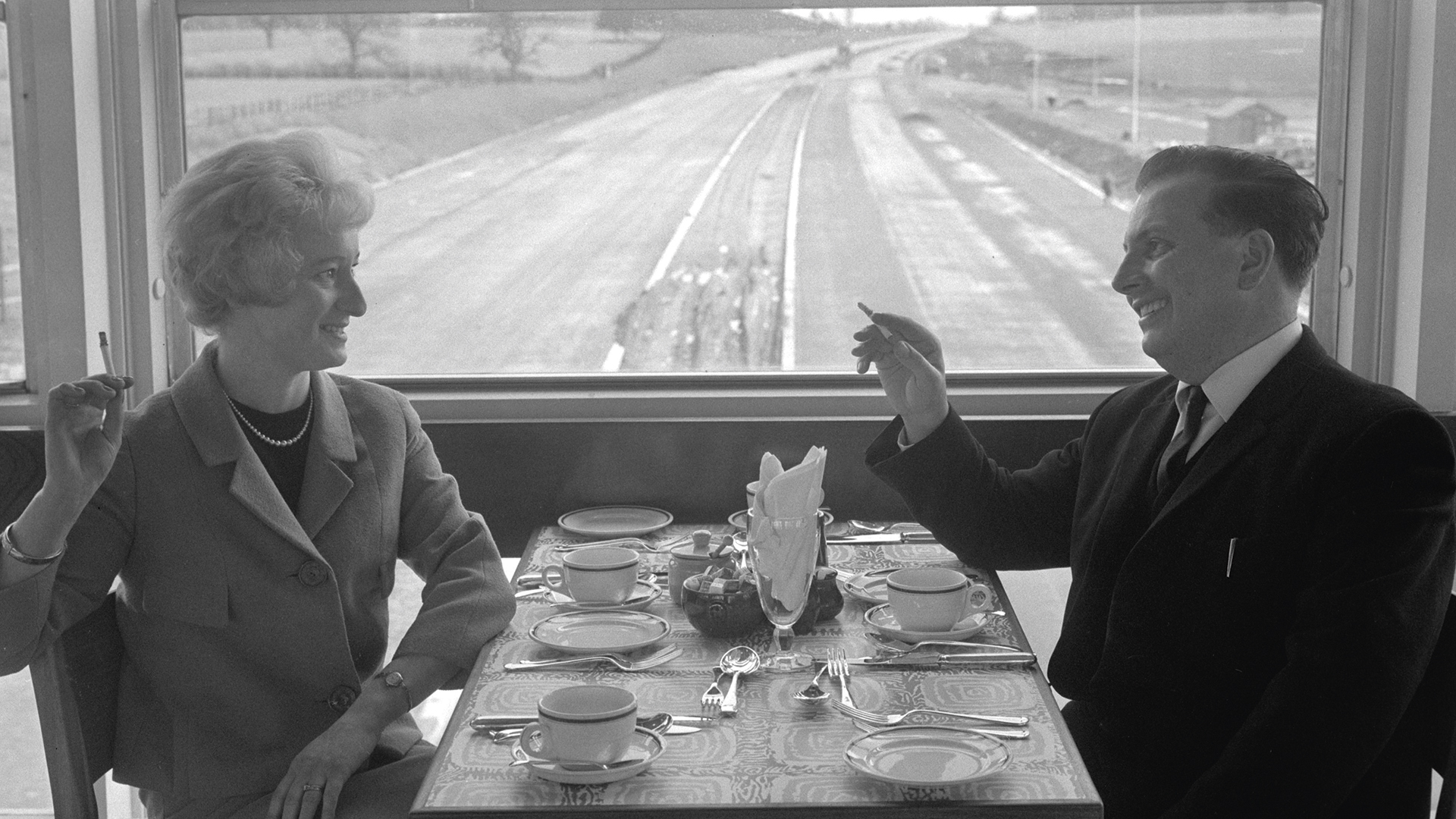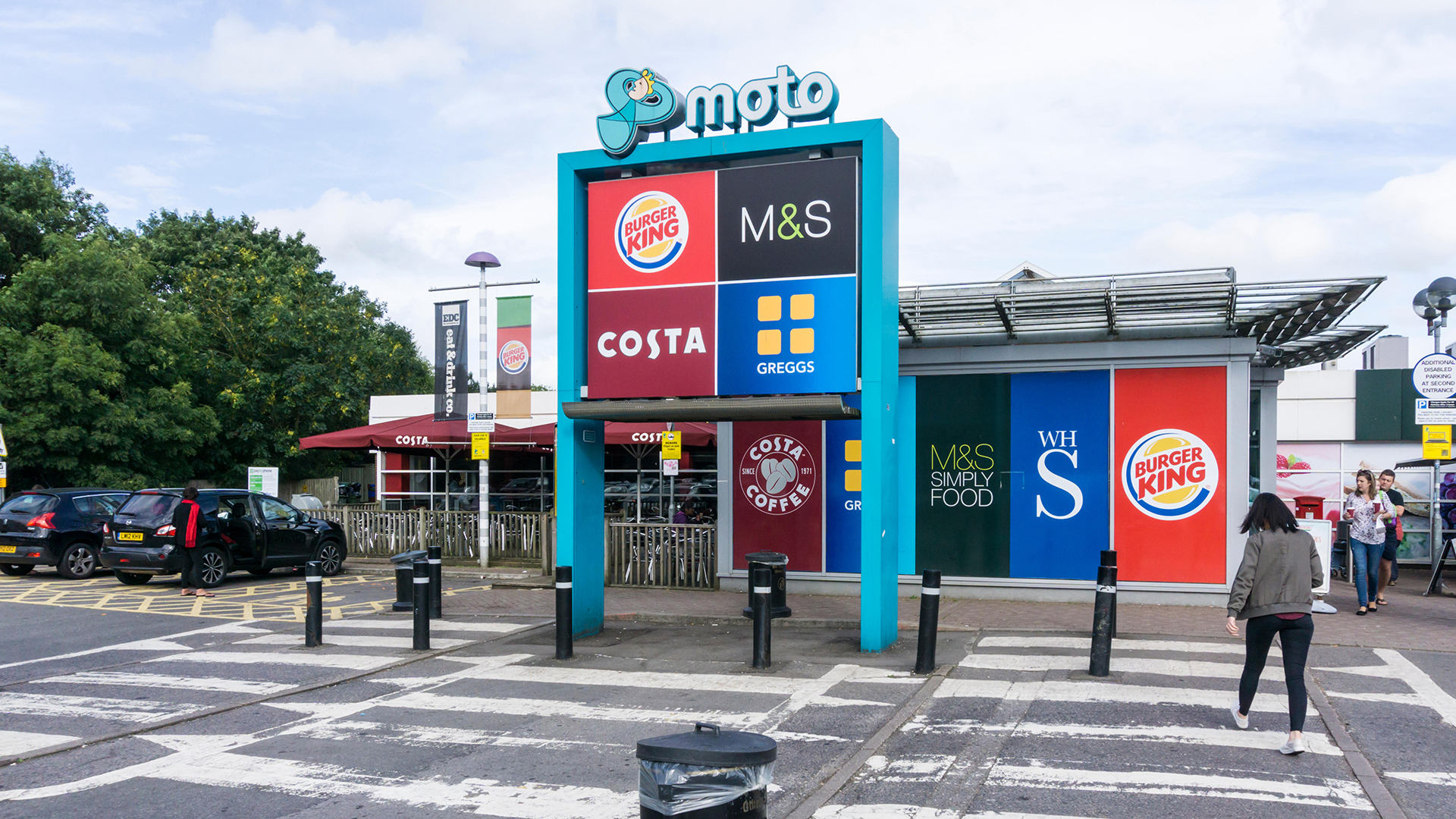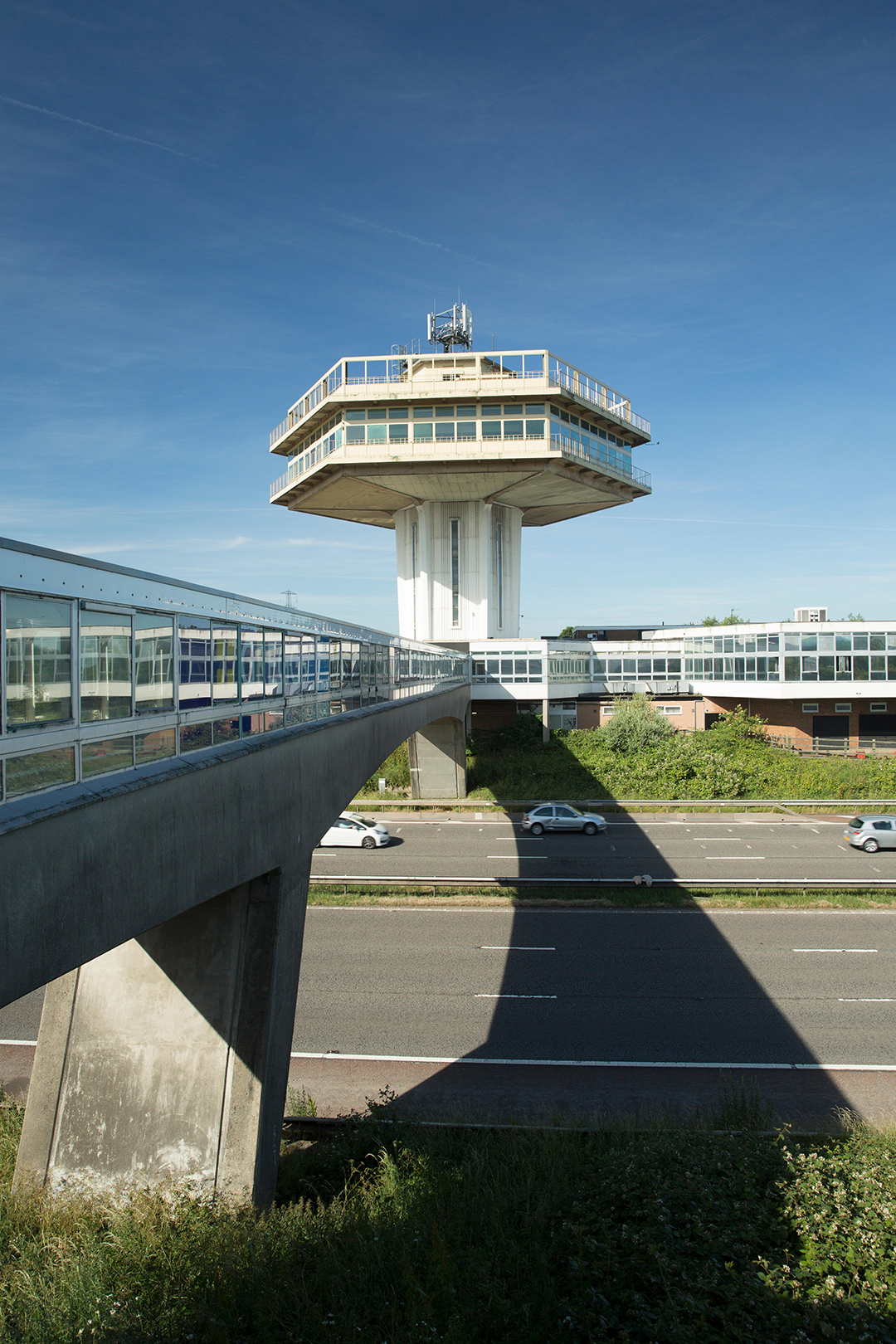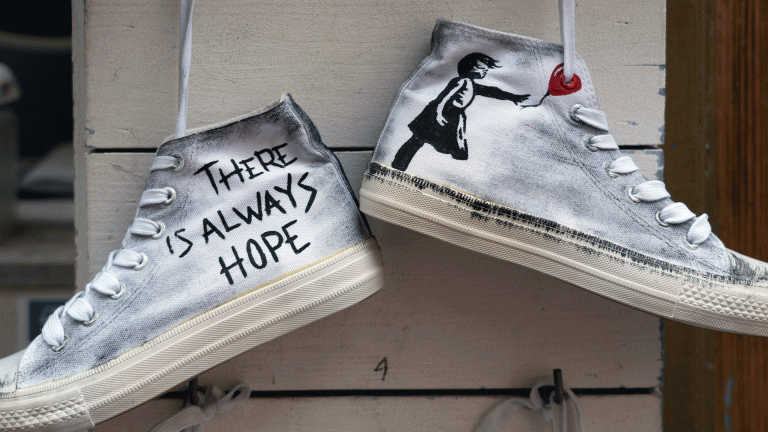Tebay Services on the M6 in Cumbria has just been voted the best service station for dogs. For animals whose main thrill while travelling is sticking their heads out of the window and drooling, you wouldn’t think they were that fussy. But then no-one seems immune to the charms of a service station with its own farm shop. Charming and dog-friendly as Tebay is, it is not typical of the British service station experience.
It’s 65 years since our first motorway services opened. These days they are all video games, phone covers and massage chairs, servicing minds and bodies craving diversion after hours of sitting in a car eating wine gums and being told to keep right in 38 miles. They were designed as an essential part of the motorway network when it was planned in the 1950s. Companies took them on with 50-year leases – businesses long since vanished: Blue Boar; Granada; Top Rank.
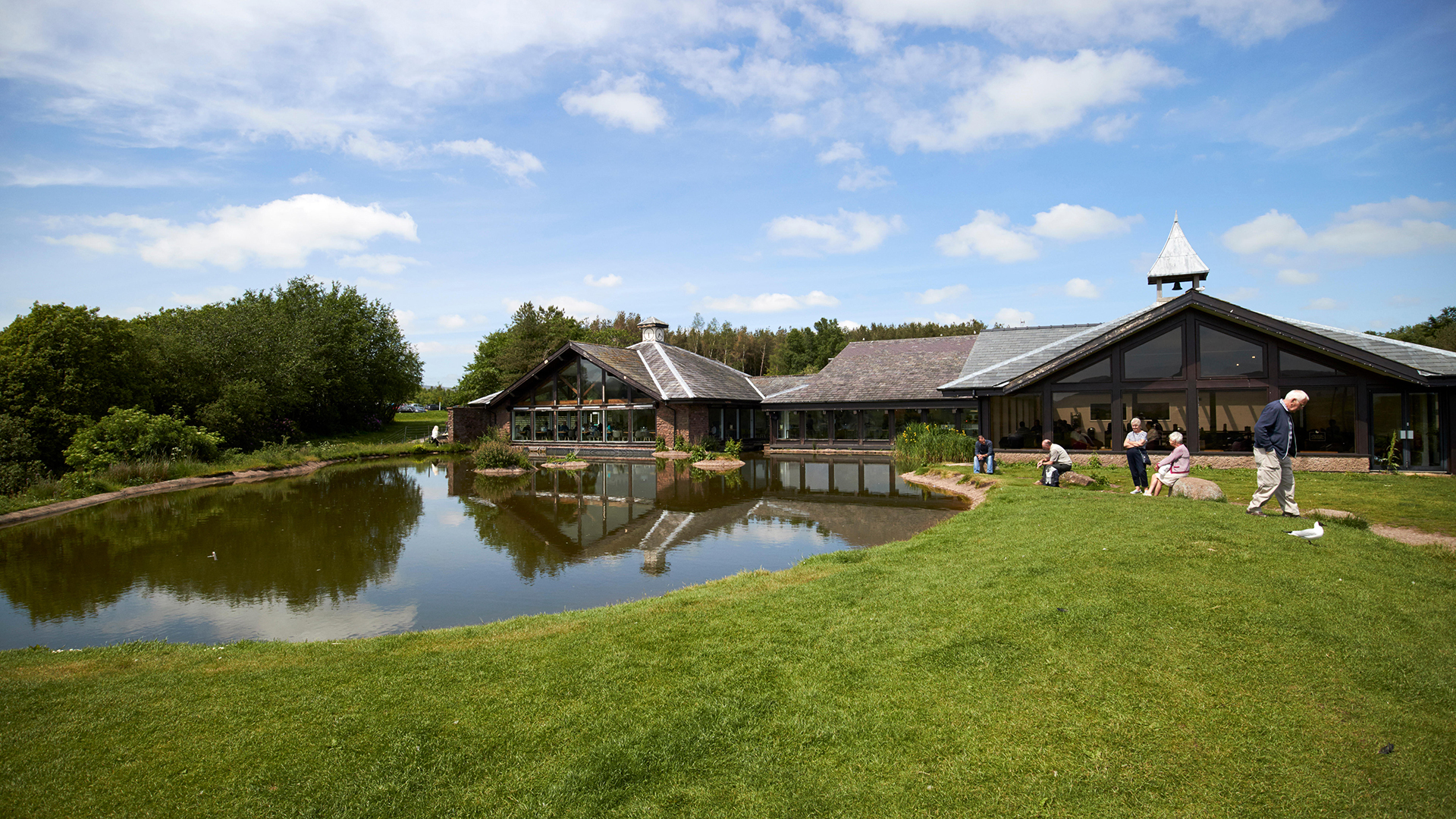
Before that a chaotic network of pubs, tea shops and roadhouses (enormous complexes somewhere between a holiday camp club and a leisure centre) sprang up alongside the trunk roads that led between towns in the 1920s and ’30s. By contrast, the standardisation of large motorway services was designed to engender a sense of trust to the weary traveller. After all, there’s nothing more deflating on an epic drive to find the long-advertised services is just a garage with a microwave.
What I really want with my motorway services is a bridge to nowhere. Back in 1959 the first two in Britain, at Watford Gap (some 67 miles from Watford, should you ever make that rookie error) and Newport Pagnell (name checked in The Smiths song Is It Really So Strange?), featured walkways across the road. They were merely a conduit to an identical building on the other side, and if you visit both – on outward and return journeys – it can feel like a very high-concept joke.
Get the latest news and insight into how the Big Issue magazine is made by signing up for the Inside Big Issue newsletter
The next wave of service stations made a bit more of the bridge, by positioning everything in the middle, above the road. In the case of Leicester Forest East, this included a silver-service restaurant designed by the achingly fashionable Terence Conran.

